Why is the Cryptocurrency Market Not Gaining New Users?
The current state of cryptocurrency marketing has become increasingly challenging due to intensified competition, a fragmented target audience, immature technology, and damaged user trust. This article is sourced from Emily Lai’s work and compiled by Techflow.
(Background: Dr. Ge Rujun: Taiwan is ready for Bitcoin reserves! Cryptocurrency-specific legislation: “It’s better not to have it than to have it bad”)
(Context: Trump’s presidency is about to reach its second month. What changes have the US cryptocurrency regulations brought?)
Cryptocurrency marketing can be dizzying: from choosing the right channels to messaging, and team coordination. Should you invest in hosting an event? Should you start an ambassador program? How should you design incentives for a hackathon? There’s always something to be done. Skilled marketers will streamline processes, create plans, execute tasks, and help save your budget.

However, cryptocurrency marketing has become increasingly challenging.
What happened? What can founders, builders, and marketers do?

Why? Here are three reasons: No new users!
Reason 1: Intensified competition
The entire cryptocurrency ecosystem, including its chains, infrastructure, and dApps (decentralized applications), has reached saturation, with each project vying for attention with its own token.


According to data from @DefiLlama, there are currently more than 356 blockchain networks. After a talk, I spoke with @cattybk (from @thirdweb), who mentioned that they had worked with over 2000 EVM chains alone. I then checked @coingecko’s data:
- Over 8,700 L1 chains
- Over 5,200 L2 chains
Additionally, there are:
- Over 1,500 AI agents according to @cookiedotfun
- Over 50,000 new tokens daily according to @pumpdotfun and @Dune

The question is: Are new users flooding in to support these new chains, infrastructure, dApps, and tokens? The total value locked (TVL) this cycle is performing similarly to the previous one, and the performance in Google search trends for “cryptocurrency” is also showing a cyclical decline, indicating diminishing interest from mainstream users.
Even if new users enter, they have to face hundreds or thousands of chains to choose from, let alone hundreds of wallets. This is more confusing than ever before.


Reason 2: Fragmented target audience
The audience in the crypto space is diverse, with different motivations for each group, further fragmenting the market.

Developers and Builders:
If you’re a blockchain/network/ecosystem developer, you need to attract developers to build applications that can attract new users. This requires developer marketing and onboarding guidance. Developer motivations may include: utilizing your tech stack for unique ideas, securing development funding, or seeing higher chances of success based on network effects and distribution capabilities.
Customers and Users:
If you’re a protocol, dApp, middleware, or service provider, you need to attract users to generate revenue. For the ecosystem, dApp teams may be considered customers. It’s important to note that users and token holders don’t always align—sometimes token holders are mere speculators and not actual users of your product.
Venture Capitalists, Angel Investors, and Other Investors:
These groups provide you with funding, motivated by ROI, usually achieved through tokens, though the performance of tokens is not always directly correlated with the technology, user count, or developer activity.
Retail Investors and Token Speculators:
These individuals may or may not be your users. Their goal is also high ROI through token trading.
Technical Partners:
These are usually other infrastructure or middleware projects. With the growing demand for blockchain scalability in speed, security, and cost, a whole field of middleware infrastructure has emerged, including chain/wallet abstractions, cross-chain bridges, interoperability, modularity, etc. There are also service providers beyond agencies, including blockchain explorers, ad tech, unlocking software, etc. These partners often represent a wide audience, which is why business development (BD) is so popular in the industry.
Listing Partners:
Including exchanges, launch platforms, market makers, intermediaries, and KOL traders. The performance of these groups directly affects your token’s success, and their motivations are often tied to ROI as well.
Regulators and Institutional Investors:
This audience can bring a lot of liquidity but may also lead to your company’s failure.
Beyond these audience types, the global nature of the crypto industry further fragments the market. This means understanding cultural differences, coordinating messaging across time zones, and managing localized marketing efforts. All this makes marketing in the crypto industry more difficult compared to Web2 marketing, which is more direct, with clearer messaging and more consistent motivations.
For example:
- Selling supplements: Targeting health-conscious individuals, the elderly, and high-income earners.
- Selling winter coats: Targeting people in cold climates, skiers, hikers, and snowboarders.
- Selling protein powder: Targeting fitness enthusiasts and bodybuilders (excluding vegetarians if it’s whey protein).
Reason 3: Immature technology and damaged user trust
Statistics show that since Bitcoin’s birth, media outlets have declared its “death” 415 times. Moreover, the crypto industry is notorious for fraud, money laundering, and crime.
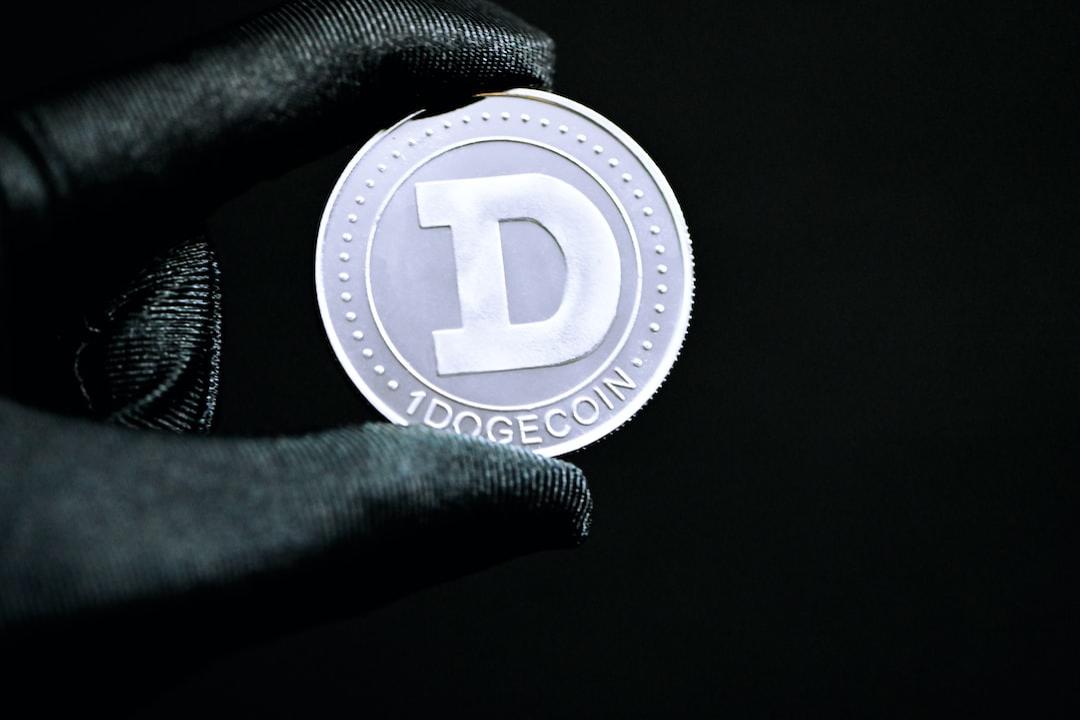
In 2021, the boom in NFTs and the Metaverse attracted many new users. Back then, many celebrities joined the space. If you were working in this industry, you might have received a lot of inquiries from old friends.
However, everything came to a halt when issues arose: high gas fees, token price crashes, and the painful experiences of users losing money. These problems led to a reputational crisis and a loss of trust.
Mainstream users left the market, and we entered a building (bear market) cycle, alongside thousands of new chains and middleware.

So, why are you still here?
I don’t know. Please take a deep breath, calm down, and tell me your reasons (I genuinely want to hear your story, as it’s important for your marketing). For me, I fell down the Bitcoin “rabbit hole” in 2013 at a university apartment because I loved its sovereignty and self-sufficiency values.
Since then, I have also seen cryptocurrencies widely used in Argentina, Indonesia, and Turkey.
For instance, in Buenos Aires, Argentina, I mainly survive on crypto stablecoins to cope with the rampant inflation there:
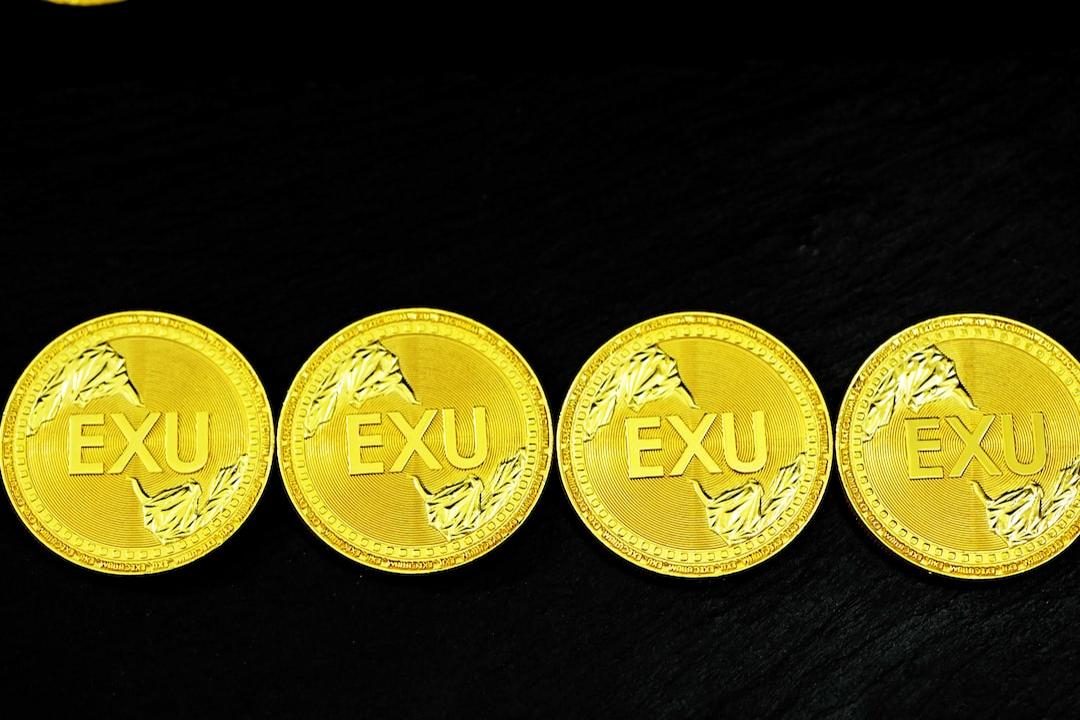
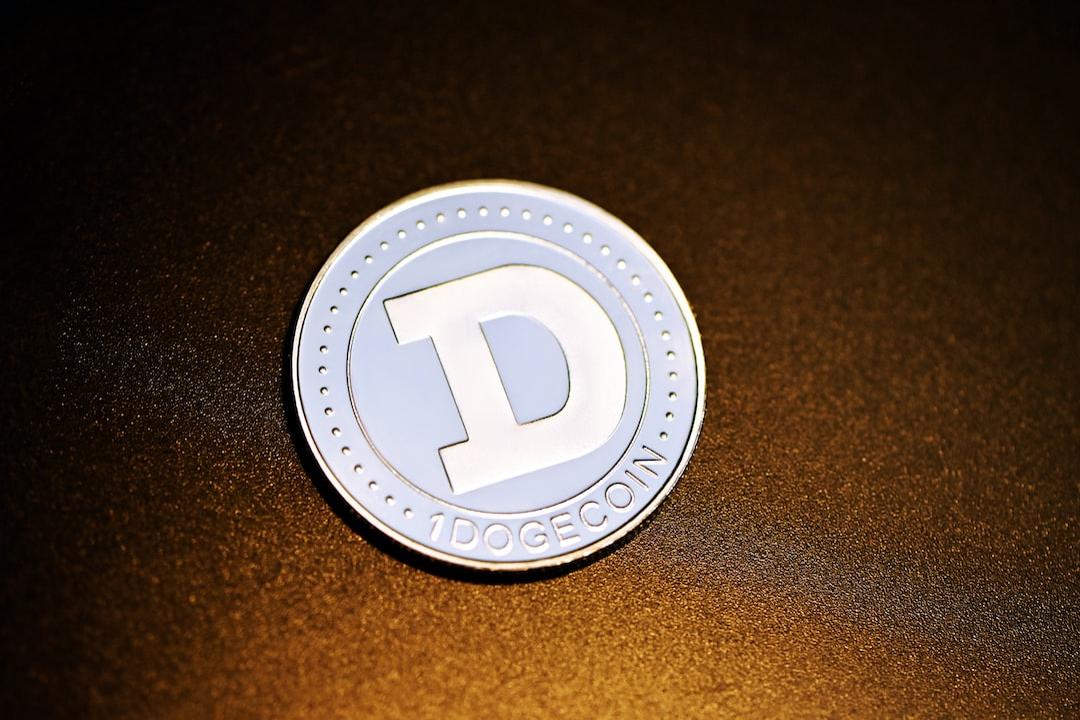
Furthermore, many companies are using blockchain technology and completely abstracting it.
Shoutout to @benLLS from @octantapp, who mentioned @jia_DeFi, a company helping unlock capital and opportunities for emerging markets, and Hala Systems, working to reduce harm, improve safety, and stabilize communities.
There are also companies like @bombocommunity, which ensure the security of music ticketing through NFTs while abstracting crypto language. @cattybk also mentioned some blockchain-based casual games that are gaining significant user bases beyond crypto Twitter.
Additionally, @mariashen from @electriccapital releases an annual developer report. While the number of developers has decreased from the last cycle, Web3 developers are still growing overall, indicating that we have not attracted net new users.

Reality: Despite 16 years passing, we are still in the early stages

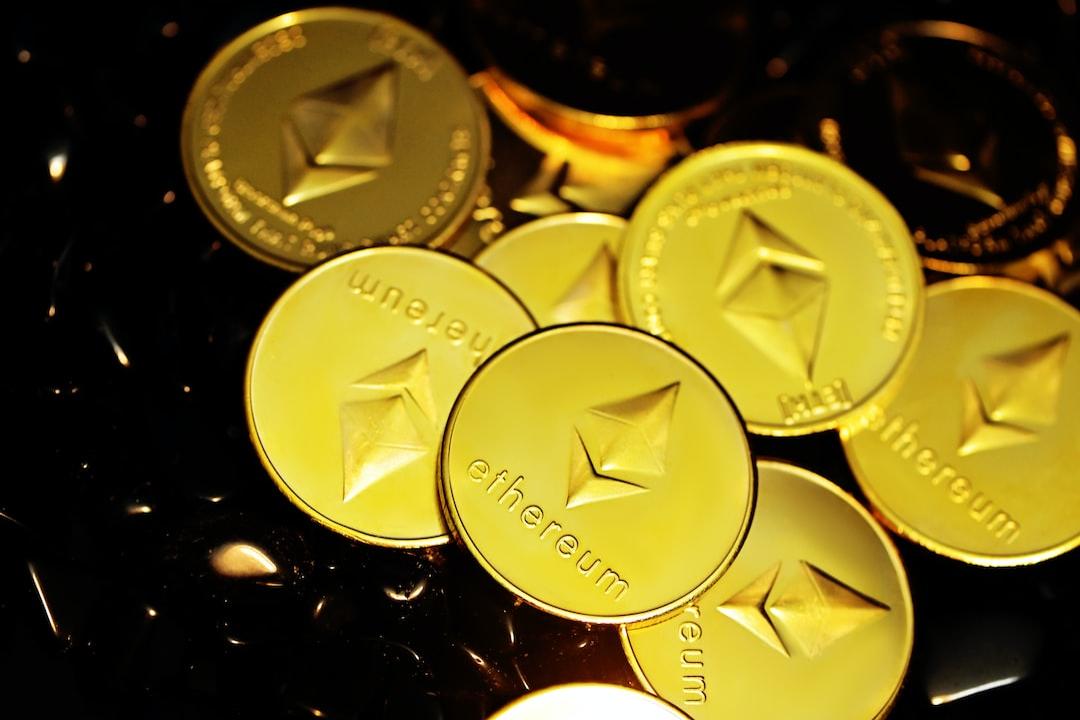
We’ve crossed the chasm. The mainstream market with high risk tolerance has accepted Bitcoin and sees cryptocurrency as an asset class.
But we haven’t conveyed to them why there should be thousands of blockchains, let alone an application they can use daily, surpassing platforms like Instagram, Temu, TikTok, WhatsApp, or ChatGPT (which gained popularity much faster than the crypto industry).
What does this mean? Are we not building what people need? Or… is it still not mature enough?
I believe there are many kind-hearted people in this industry who are willing to push societal progress. I know some of them. For example, @vijaymichalik, @arlery, @motherpredicte, @divine_economy, @alipaints—this is just a small sample.
If you are building the crypto industry with good intentions, what marketing fundamentals do you need to grasp and apply?
Important Suggestions for Gaining Crypto Users
The crypto space has seven types of audiences across multiple geographies. Moreover, your internal team members (business development, product, marketing, creative, legal, etc.) also need to collaborate.
In one of @moremarketsxyz’s AMOS series hosted by @xkonjin, I participated with @reka_eth, and we invited @jaambutties (CMO of @nillionnetwork) to share how he coordinates brand activities. This coordination allows all stakeholders to participate, amplifying your marketing efforts and helping to capture the rare and valuable attention in this space.
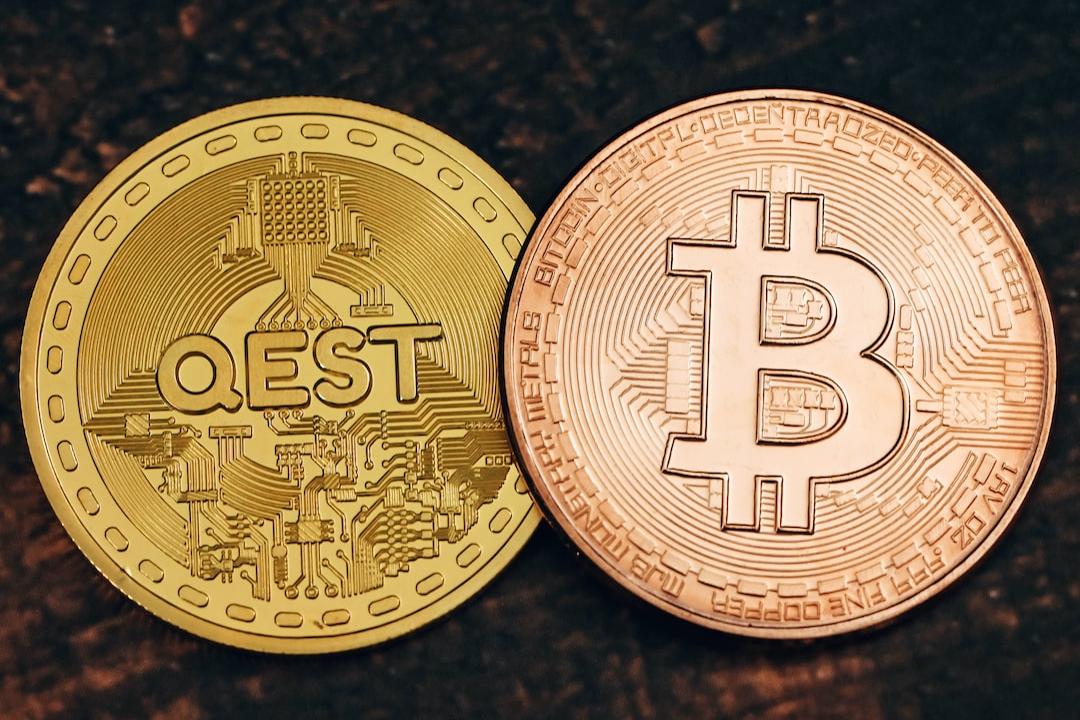


Ultimately, due to the technology still being in its early stages and the industry being oversaturated, we indeed need to do some things that cannot be scaled. This includes onboarding new users individually, participating directly, and educating them.
Although I love showing @pumpdotfun to friends who have never encountered the crypto space, I must give great recognition to @a1lon9:

What’s even better?

To break the attention fragmentation, you need consistent messaging and content output to stay relevant.
That’s why founders reply to tweets, why they participate in AMAs (Ask Me Anything), and why they now appear in live-streamed videos.
This is also why teams record events.
Talk to users, developers, investors, and customers and tell their stories.
At the same time, you gain valuable product feedback.
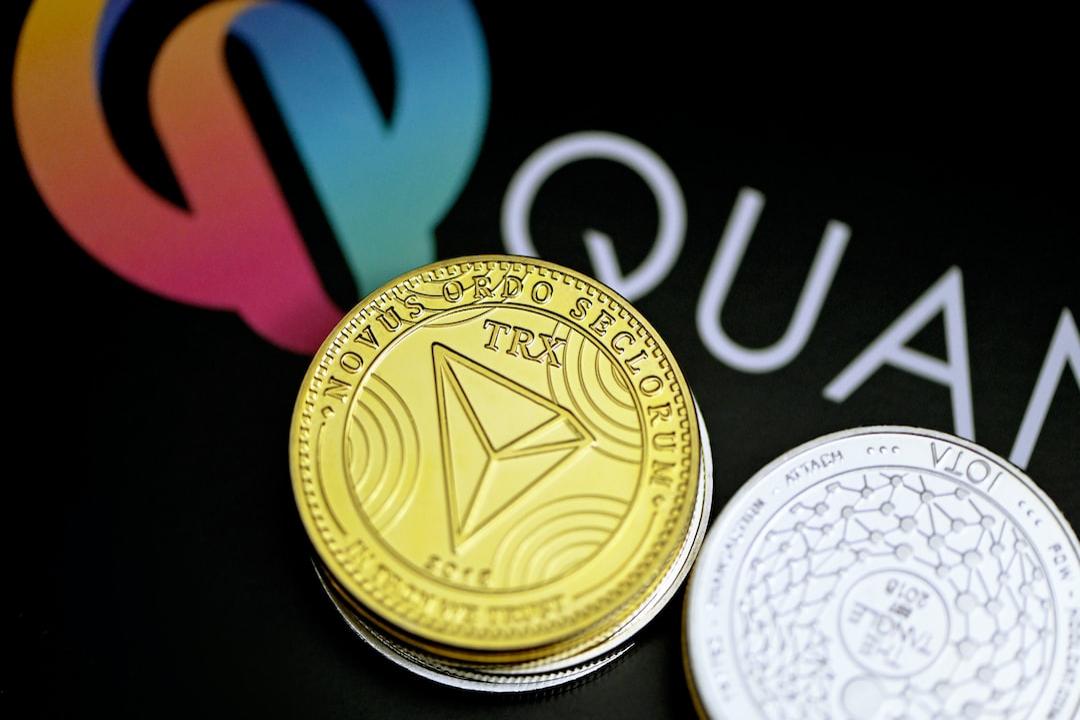
My friend @shayyydz chose her first crypto wallet. As of this writing, this post has garnered 5,200 views because she chose @rainbowdotme.
Finally, if you’re a founder or builder—this is the most important thing:

Let’s go back to “Why are you still here?” and do some self-reflection
No one knows your “why” better than you. Tell us why you are building, why it matters. These stories are not only your vision to share with your team but also the core content that will recruit new members, attract investors, and build your community.
Keep repeating these stories and try different forms of content.
Thank you for reading this far. If you’re willing, please share your story with me.


